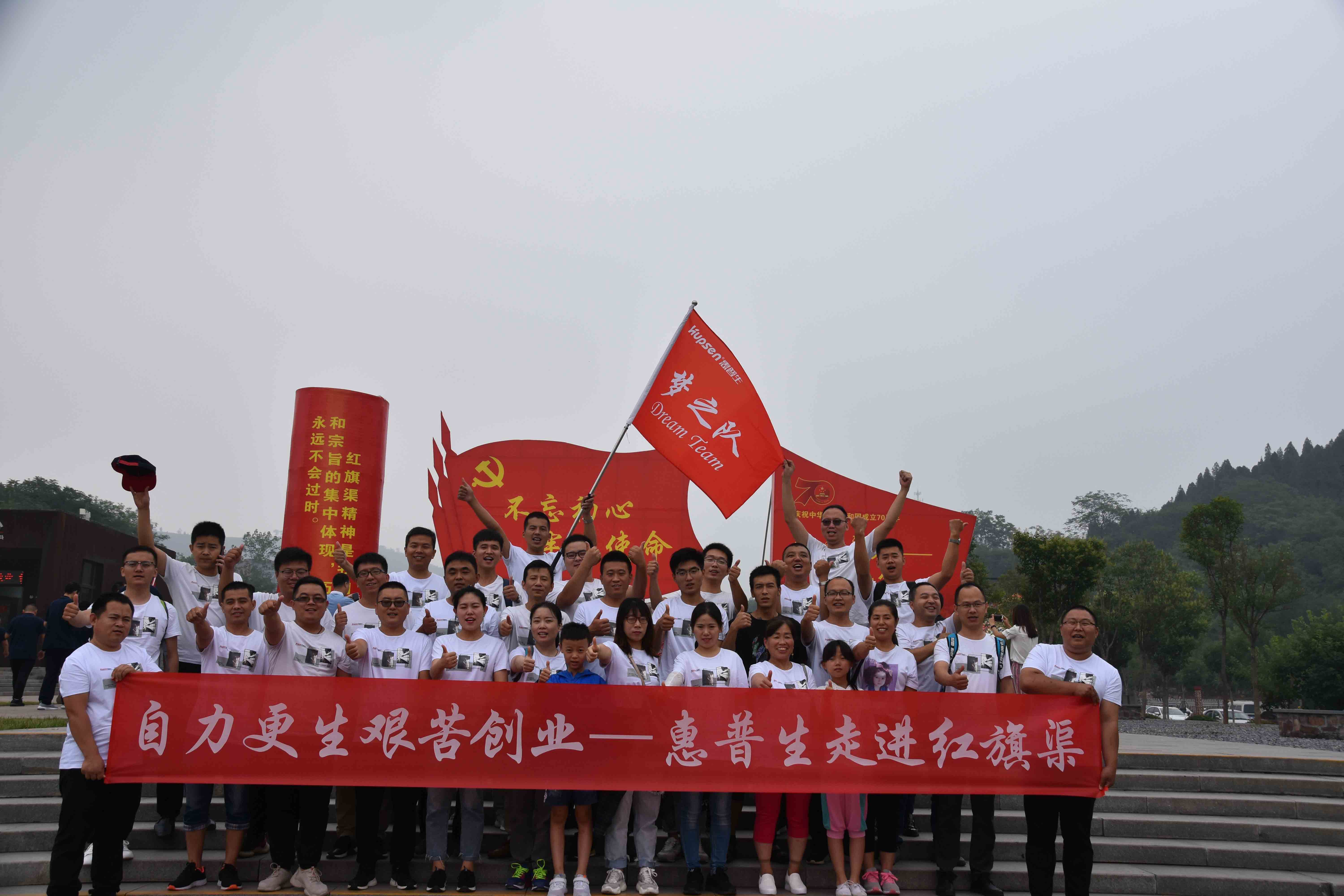
Noy . 25, 2024 05:18 Back to list
Understanding Coccidia Infections in Chicken Farming Operations and Their Impact on Health
Coccidia in Chicken Factories Understanding and Managing Eimeria Threats
Coccidia, specifically Eimeria species, are protozoan parasites that significantly impact poultry health and productivity. These single-celled organisms are known to cause coccidiosis, a widespread and economically burdensome disease in commercial chicken factories. Understanding the biology, lifecycle, and management practices associated with coccidia is essential for poultry producers aiming to ensure optimal health and profitability in their operations.
The Lifecycle of Eimeria
Eimeria species thrive in the intestinal tracts of chickens and have complex life cycles that can lead to severe intestinal damage. The lifecycle begins when a chicken ingests oocysts, the infective stage of the parasite, from contaminated feed, water, or litter. Once ingested, the oocysts undergo a series of developmental stages within the intestine, culminating in the release of new oocysts into the environment through the chicken's feces. This process can lead to rapid reinfection and the establishment of a cycle that’s difficult to break.
Coccidiosis is most prevalent in young chickens, particularly during the brooding and early growth phases, when their immune systems are still developing. Although adult chickens can also be affected, they typically have some immunity due to prior exposure. The economic impact of coccidiosis can be significant, leading to decreased weight gain, poor feed conversion rates, and increased mortality rates, all of which can threaten the viability of chicken factory operations.
Symptoms and Diagnosis
The clinical signs of coccidiosis can vary depending on the specific Eimeria species involved and the severity of the infection. Common symptoms include lethargy, reduced appetite, diarrhea (often bloody), and poor growth rates. In severe cases, outbreaks can lead to sudden deaths in flocks.
Diagnosis typically involves a combination of clinical observation and laboratory testing. Necropsy findings may reveal intestinal lesions, characterized by inflammation and ulceration. Microscopic examination of fecal matter can confirm the presence of Eimeria oocysts, helping to identify the specific species involved in the infection.
Management and Control Strategies
coccidia in chicken factory

Effective management of coccidia in chicken factories requires an integrated approach that combines good husbandry practices with targeted interventions. Following are some strategies that producers can employ
1. Proper Hygiene and Biosecurity Maintaining clean environments is critical in controlling coccidia. Routine cleaning and disinfection of housing, feed troughs, and water sources can significantly reduce the parasitic load in the environment.
2. Routine Monitoring Regular monitoring of flock health and weight gain can help detect early signs of coccidiosis. Producers should also conduct fecal examinations periodically to assess the presence of Eimeria oocysts.
3. Vaccination Live coccidiosis vaccines are available and have proven to be effective in stimulating immunity in young chickens. These vaccines can help reduce the severity of infection and the overall impact of the disease.
4. Anticoccidial Medications In many cases, especially in areas of high infection risk, the use of anticoccidial drugs in feed is a common practice. These medications can help prevent disease outbreaks and promote healthy growth rates.
5. Nutrition and Management Practices Providing balanced nutrition can bolster the immune systems of chickens, making them more resilient against infections. Additionally, good management practices, including appropriate stocking densities and ventilation, can reduce stress on the animals, further contributing to their overall health.
Conclusion
Coccidia represent a significant challenge to the poultry industry, particularly in chicken factories where dense populations can facilitate the rapid spread of these parasites. By understanding the lifecycle of Eimeria and implementing effective management strategies, producers can mitigate the impact of coccidiosis. Emphasizing hygiene, monitoring, vaccination, and proper nutrition can lead to healthier flocks and increased profitability in poultry operations. As the poultry industry continues to evolve, staying informed about emerging challenges and advances in management practices will be crucial for success in combating coccidia and maintaining flock health.
-
Quality Bacillus Coagulans BC30 Factory - Expert Production
NewsAug.02,2025
-
China Salivation AI with GPT-4 Turbo Features
NewsAug.01,2025
-
Epic Sepsis Factories: AI-Driven Detection with GPT-4 Turbo
NewsJul.31,2025
-
Acute Salpingitis and Oophoritis AI Factory
NewsJul.31,2025
-
Premium China Bacillus Subtilis Supplier & Factory Solutions
NewsJul.30,2025
-
Premium Avermectin Supplier in China | Custom Solutions Available
NewsJul.29,2025




